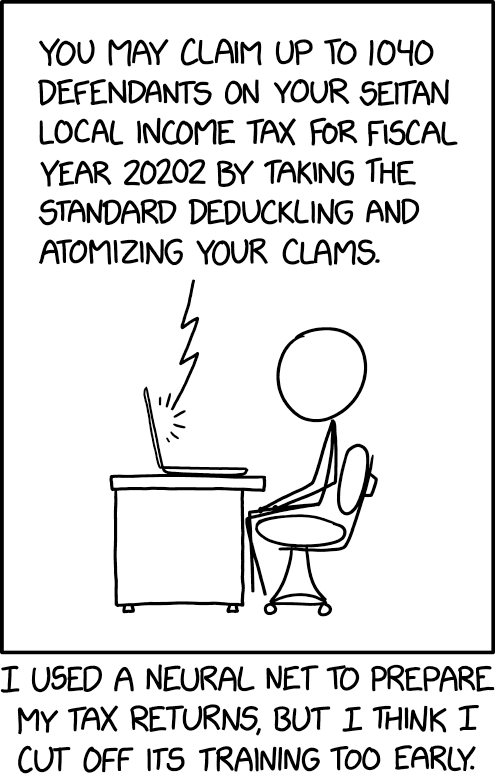Oscar Schwartz, "Natural Language Processing Dates Back to Kabbalist Mystics", IEEE Spectrum 10/28/2019 ("Long before NLP became a hot field in AI, people devised rules and machines to manipulate language"):
The story begins in medieval Spain. In the late 1200s, a Jewish mystic by the name of Abraham Abulafia sat down at a table in his small house in Barcelona, picked up a quill, dipped it in ink, and began combining the letters of the Hebrew alphabet in strange and seemingly random ways. Aleph with Bet, Bet with Gimmel, Gimmel with Aleph and Bet, and so on.
Abulafia called this practice “the science of the combination of letters.” He wasn’t actually combining letters at random; instead he was carefully following a secret set of rules that he had devised while studying an ancient Kabbalistic text called the Sefer Yetsirah. This book describes how God created “all that is formed and all that is spoken” by combining Hebrew letters according to sacred formulas. In one section, God exhausts all possible two-letter combinations of the 22 Hebrew letters.
By studying the Sefer Yetsirah, Abulafia gained the insight that linguistic symbols can be manipulated with formal rules in order to create new, interesting, insightful sentences. To this end, he spent months generating thousands of combinations of the 22 letters of the Hebrew alphabet and eventually emerged with a series of books that he claimed were endowed with prophetic wisdom.






